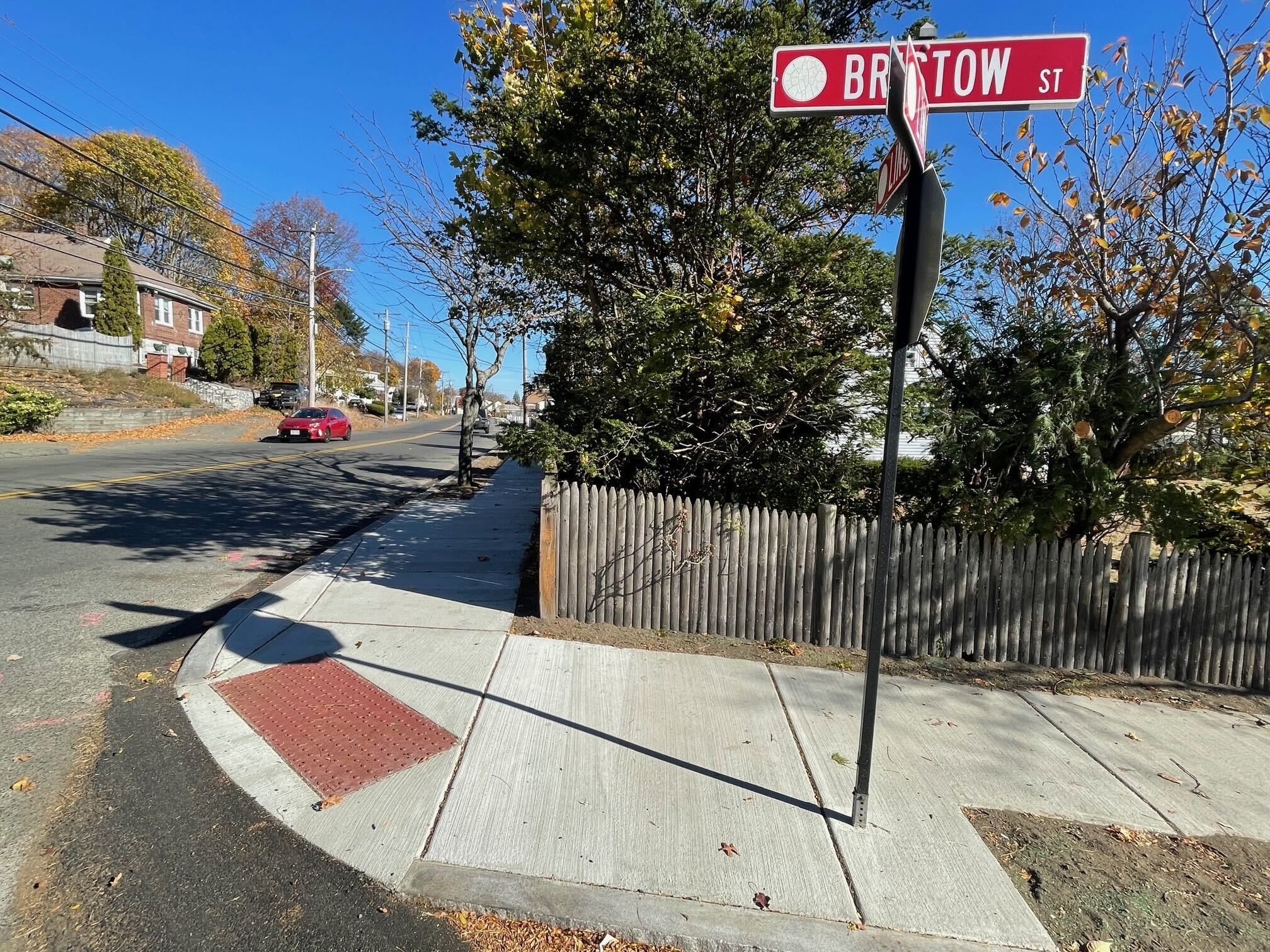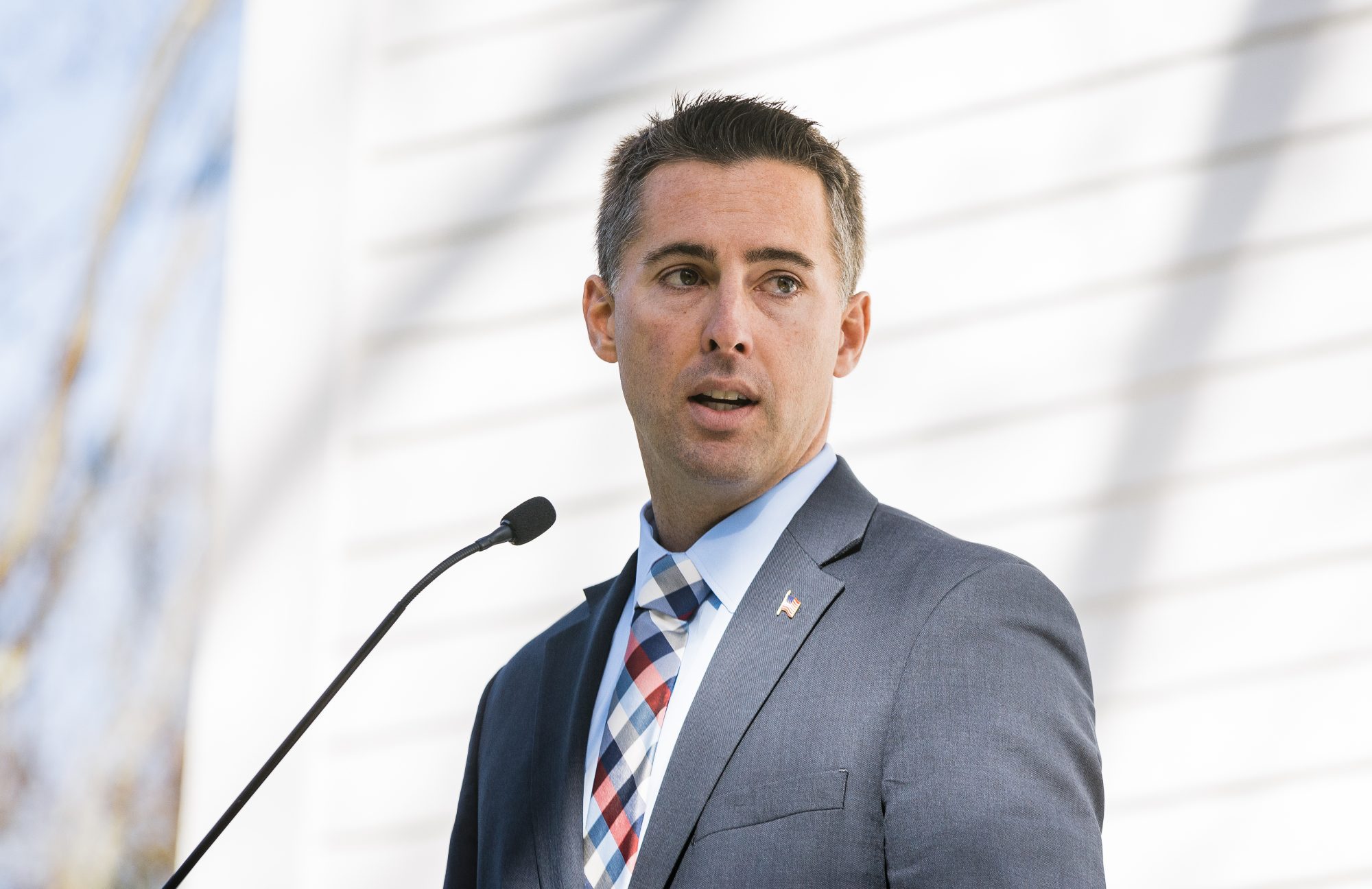

The concepts of 1031 exchanges and Qualified Opportunity Zones may have some similarities, but they couldn’t be more different. Read on to learn more about the differences between Qualified Opportunity Zones and 1031 exchanges and their benefits.
The process of 1031 exchanges involves swapping one real estate investment property for another. This allows for capital gains tax deferral, involving many moving parts through finding like-kind properties.
Proceeds from 1031 exchanges become held in escrow by a third party before people can use them to buy a new property. Furthermore, there are no limits to the frequency of 1031 exchanges if used correctly.
The main benefits of 1031 exchanges are the tax deferral benefits. 1031 exchanges allow investors to defer capital gains tax, freeing more capital for investment in replacement properties. Investors can also write properties off as “depreciation” of assets to compensate for wear and tear, deterioration, and other structural hindrances.
Additionally, 1031 exchanges allow for exposure to new markets and increasing portfolio diversification. Investors can capitalize on real estate’s best benefits, allowing them to get their foot in the door for the up-and-coming market early. Finally, 1031 exchanges allow passive investors to exist out of single-managed properties and into other passive investments.
Created in the Tax Cuts and Jobs Act of 2017, Qualified Opportunity Zones encourage investment activity in economically distressed locations throughout the United States. This investment type allows taxpayers to exclude or defer capital gains taxes.
Opportunity Zones refer to investments in Qualified Opportunity Funds, known as QOF. Opportunity Zones occur within funds that qualify under regulations and codes, certified by the Secretary of the US Treasury Department, along with approval from the IRS.
Qualified Opportunity Zones offer many benefits to taxpayers and investors. Firstly, taxpayers obtain potential federal capital gains tax incentives to invest in economically struggling areas. These benefits include discounts, exemptions, and deferrals from capital gains taxes.
When choosing QOFs this year, you also receive investment portfolio diversification and the ability to invest in commercial or residential real estate. Other benefits include upgrading and developing vacant homes to become single-use family rental homes, environmental or energy preserving, and redeveloping abandoned properties for residential use for affordable living.
There are substantial differences between 1031 exchanges and QOZs. Firstly, 1031 exchanges only qualify for real estate assets, involving an investor selling investment real estate and trading for replacement real estate. As for QOZ programs, a person can place gains from asset sales, such as stocks, real estate, and bonds, into Qualified Opportunity Funds to receive tax benefits.
Additionally, Opportunity Zones require money moving into QOFs; the QOFs invest in properties. Investors don’t invest in properties directly. As such, investors can’t combine 1031 exchanges with QOZ investments.
24World Media does not take any responsibility of the information you see on this page. The content this page contains is from independent third-party content provider. If you have any concerns regarding the content, please free to write us here: contact@24worldmedia.com

Lynnfield comes up empty–handed in semifinals

Police Logs 11/19/24 – Itemlive

Saugus prioritizes sidewalk repairs in ’24

Two new Lynn police officers sworn in

LTTE: Lynn council weighs tenant protections

LTTE: Agreeing with Moulton on fairness in sports

Lynn firefighters graduate from academy

Editorial: Trump’s deportation plans need compassion and humanity

Thomas E. Fox Sr. – The Suffolk Times

Sweeping economic development bill passes Massachusetts Legislature

Richard Harris Baker – The Suffolk Times

Thomas E. Fox Sr. – The Suffolk Times